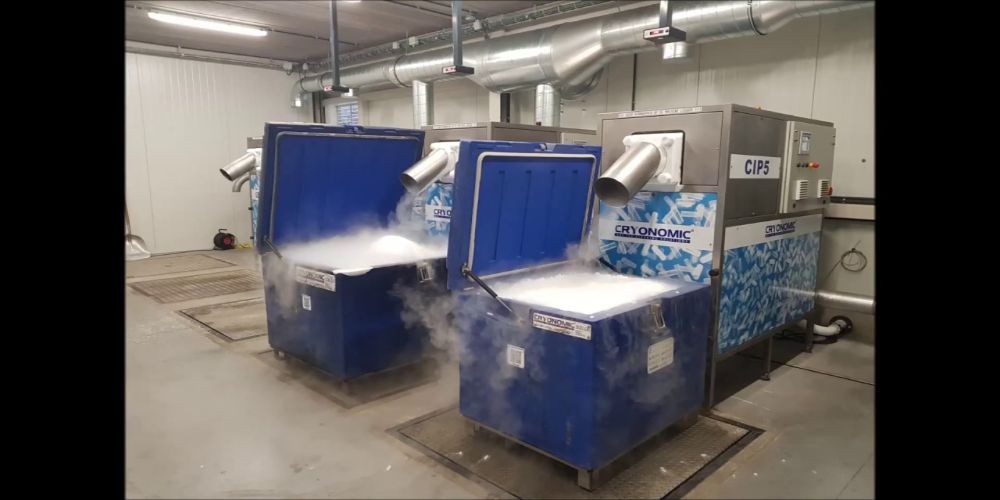For businesses that rely on perishable goods, a dry ice making machine is an absolute necessity. ry ice making machines are an important part of many industries, such as food storage and transportation, laboratory research, and welding. A dry ice making machine can be a great addition to any business that ships perishable goods. Dry ice is frozen carbon dioxide, and it is an effective way to keep food and other perishables cold during transport.
Dry ice is cold enough to keep food and other perishables fresh for days or even weeks at a time, which can be a lifesaver if you need to transport goods over long distances. But with so many different models on the market, how do you choose the best dry ice making machine for your business? Here are a few factors to consider.
Production Capacity
The first thing you’ll want to consider is the production capacity of the dry ice making machine. How much dry ice will you need to produce on a daily or weekly basis? The answer to this question will help you narrow down your choices and find a machine that’s well-suited to your needs.
Dimensional specifications are another important consideration. Most dry ice making machines produce pellets that are three-eighths of an inch in diameter and one-inch long. However, some models can produce larger pellets that may be better suited for your purposes. Be sure to check the specs carefully before making your final decision.
Cooling System Type
There are two main types of cooling systems used in dry ice making machines: air-cooled and water-cooled. Air-cooled systems are less expensive upfront, but they’re also less efficient and tend to require more maintenance over time. Water-cooled systems cost more initially, but they’re more energy-efficient and require less maintenance in the long run. It’s important to weigh the upfront cost against the long-term costs before making your decision.
How does a dry ice making machine work?
Dry ice making machines are special types of freezers that produce dry-ice. Dry Ice is frozen carbon dioxide, which has a very low freezing point and remains solid at room temperature (so it can easily be melted). When placed in water though, this gas rapidly vaporizes into small drops or “mist” form; these cool particles keep food items fresh for long periods without having any additional power requirements like refrigerants do! Most models work by escapin’g large bursts off compressional energy before releasing them as pellets through an nozzle where they expand quickly enough to turn back safely into gaseous state again – but with much more efficiently
Conclusion:
If you’re in the market for a dry ice making machine, there are a few things you’ll want to keep in mind before making your purchase. Production capacity, cooling system type, and dimensional specifications are all important factors to consider. By taking the time to do your research upfront, you can be sure you’re choosing the best possible option for your business. Overall, a dry ice making machine can be a valuable investment for any business that ships perishables or needs to provide pain relief for patients.

